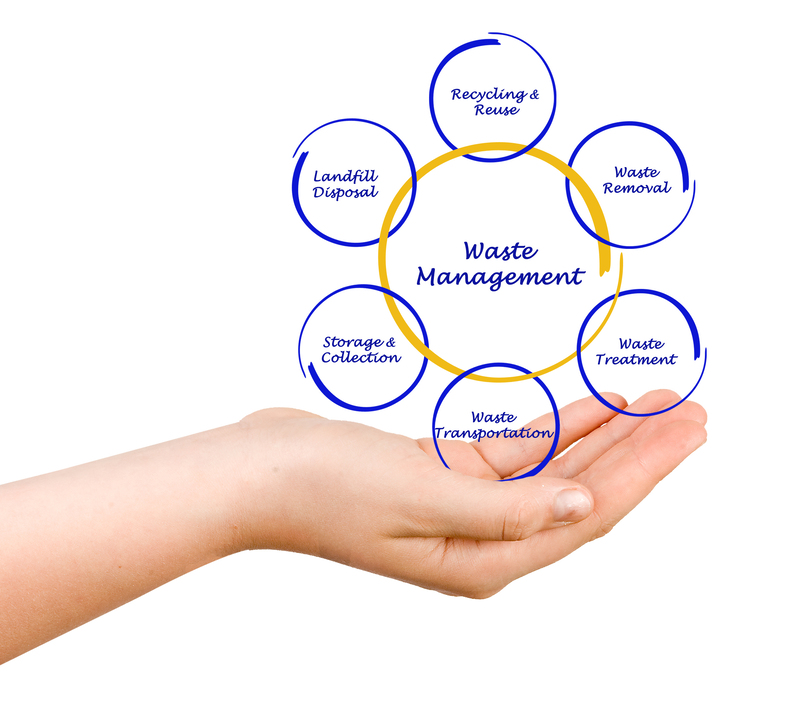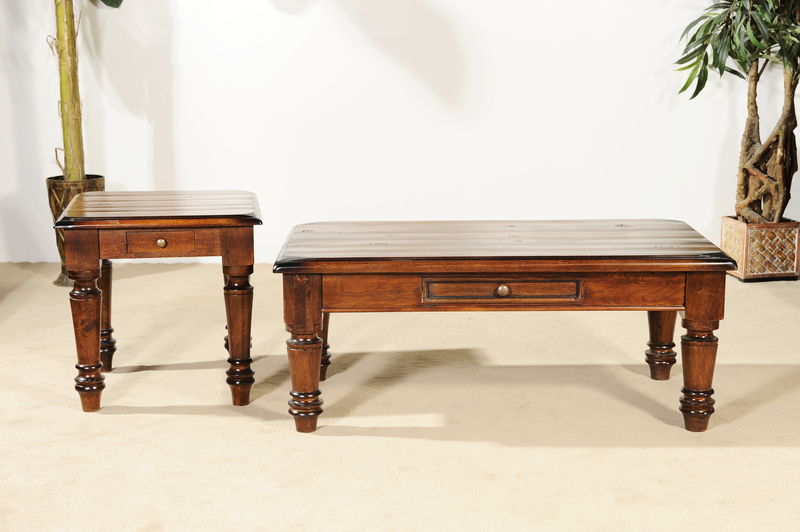Clearing the Clutter: Effective Ways to Dispose of Cookware
Is your kitchen overflowing with old pots, worn-out pans, or mismatched lids? If yes, you're not alone! Many households accumulate unused or damaged cookware over time, unsure how to responsibly get rid of these items. Clearing the clutter from your kitchen is not only about regaining counter space - it's also about contributing to sustainability and ensuring responsible disposal of household items. In this comprehensive guide, we'll uncover effective methods to dispose of cookware -- from recycling and upcycling to donating and selling. Discover the best strategies for parting ways with your old kitchen gear while protecting the environment.

Why Properly Disposing of Old Cookware Is Important
Before learning how to remove cookware clutter, it's crucial to understand why responsible cookware disposal matters:
- Environmental Protection: Many cookware materials are not biodegradable; improper disposal can harm the environment.
- Waste Reduction: Diverting pots and pans from landfills reduces the overall volume of household waste.
- Resource Conservation: Recycling or repurposing helps minimize the need for new raw materials.
- Community Benefits: Donating usable cookware supports individuals and families in need.
With these benefits in mind, let's explore the myriad ways to dispose of cookware efficiently and sustainably.
Understanding Cookware Materials: What Can Be Disposed
Cookware comes in various materials, and each requires different disposal methods. Here are the most common types:
- Stainless Steel
- Aluminum
- Copper
- Cast Iron
- Nonstick (Teflon/Coated)
- Ceramic and Glass
Knowing your cookware type is essential when choosing the best eco-friendly cookware disposal option.
Top Ways to Dispose of Old Cookware
1. Recycling Old Cookware
Recycling cookware is one of the most environmentally responsible choices. Here's how to do it:
- Check with Local Recycling Centers: Many metal recycling centers accept cookware made from aluminum, cast iron, stainless steel, and copper. Contact them to confirm which items are permitted.
- Separate Handles and Lids: Remove plastic, wooden, or rubber handles that are not recyclable. Detach glass lids unless the center accepts mixed materials.
- Clean Thoroughly: Ensure all cookware is free from food residue and grease, as contamination can hinder the recycling process.
- Drop Off: Once prepared, transport the items to your recycling facility or scrap yard.
Note: Some recycling centers won't accept nonstick cookware due to their chemical coatings, so always inquire first.
2. Donating Usable Cookware
If your pots, pans, or utensils are still in good shape, consider donating cookware to those in need. Organizations that appreciate cookware donations include:
- Local charities and shelters
- Thrift stores like Goodwill or Salvation Army
- Community centers and soup kitchens
- Non-profits helping families transition to independent living
Avoid donating badly damaged or unsafe items, as these could pose hazards.
3. Selling or Offering Cookware for Free
Some cookware may be valuable, vintage, or highly functional even if no longer wanted in your kitchen:
- Online Marketplaces: Platforms like Facebook Marketplace, Craigslist, or eBay are excellent for reselling or giving away items locally.
- Community Groups: Join local Freecycle or Buy Nothing groups where people seek kitchen tools for free or at low cost.
- Garage Sales: Bundle cookware with other household goods for sale in a yard sale.
Highlight the condition, brand, and any unique features of your cookware to attract interest.
4. Repurposing and Upcycling Old Pots and Pans
Creative individuals can upcycle and repurpose old cookware into something new and functional, reducing waste and adding a personal touch to home decor. Popular ideas include:
- Transforming old pots into planters for herbs and flowers
- Creating unique wall art using decorative lids or pans
- Using cast iron pans as rustic serving trays
- Crafting storage bins from large pots for organizing household items
Unleash your creativity and consult online DIY communities for more inspiration on upcycling cookware.
5. Proper Disposal in Trash (as a Last Resort)
If cookware is irreparably damaged, non-recyclable, or hazardous (such as flaking nonstick coatings), disposing of it in the trash may be the only option. Follow these tips:
- Place in Sturdy Bags or Boxes: Prevent injury to sanitation workers by securely packaging sharp or heavy cookware.
- Check Local Regulations: Some municipalities require you to schedule bulk pick-up for large or metal items. Confirm with your waste management provider.
- Never Burn Cookware: Burning coated, nonstick, or plastic-handled items can release toxic fumes - always avoid this method.
Note: This option should always be a last resort, after recycling, donating, or repurposing cookware.
Special Considerations for Nonstick and Teflon Cookware Disposal
Nonstick or Teflon-coated cookware is tricky to dispose of due to its chemical composition. Here's what you should know:
- Damage to Coatings: When Teflon or other coatings are severely scratched or peeling, they lose safety and cannot be recycled with metals in most local programs.
- Professional Recycling: Some manufacturers offer take-back recycling programs for their own nonstick products.
- Check Local Guidance: Always check with your local recycling center or waste authority for advice on coated cookware disposal options.
If you must discard damaged nonstick pans, ensure they are tightly packed in your regular trash to avoid any chemical exposure risk.
Preparing Cookware for Disposal or Donation
Whether you recycle, donate, or throw away old cookware, it's essential to prepare it correctly:
- Clean All Items: Thoroughly wash cookware to remove all grease, residue, and food. Charitable organizations cannot accept dirty items.
- Remove Non-Metal Parts: Detach wooden, plastic, or silicone handles where possible, especially for scrap metal recycling.
- Assess Usability: Only donate or sell cookware that's in safe, usable condition.
- Separate by Material: This assists recycling centers in processing and expedites drop-off.
Following these steps maximizes the chance your old cookware finds a second life instead of ending up in a landfill.
Tips to Prevent Cookware Clutter in the Future
Looking to avoid this situation in the future? Here's how you can reduce cookware waste and keep your kitchen tidy:
- Buy Quality Over Quantity: Invest in durable cookware that stands the test of time.
- Choose Multi-Functional Items: Select pots and pans with versatile uses to minimize redundancy.
- Regularly Declutter: Review kitchen drawers and cabinets every few months to remove unused items.
- Care Properly: Follow manufacturer guidelines to extend the life of your cookware.

Frequently Asked Questions About Cookware Disposal
Can all cookware materials be recycled?
Not all cookware is recyclable. Most metal pots and pans can be recycled as scrap, but nonstick, ceramic, or glass items are usually excluded from traditional recycling programs. Always check with local facilities for guidelines.
How do I dispose of old Teflon pans?
If your pans have significant coating damage, recycling may not be an option. Some manufacturers run take-back programs. If unavailable, dispose of them through your regular municipal waste stream, ensuring they're safely packaged.
Where is the best place to donate cookware?
Donate cookware that is still functional to local charities, thrift stores, homeless shelters, or community centers. Many non-profits gladly accept gently used kitchen essentials.
What if my cookware has plastic or wooden handles?
Remove any non-metal parts before recycling. If you cannot remove these pieces, the recycling center may not accept them; check local policies.
Can old cookware be hazardous?
Cookware with cracked glass, deeply scratched nonstick surfaces, or rust may pose health risks or injury. Always scrutinize items before donation or reuse.
Conclusion: Clear the Kitchen Clutter Responsibly
Clearing the clutter of unwanted cookware can be liberating for your home and beneficial for the environment. With the right approach, you can dispose of cookware safely, efficiently, and compassionately. Whether you choose to recycle, donate, sell, upcycle, or (as a last resort) toss your old pots and pans, you're making a positive impact on your household and your community. Begin your cookware clean-out today using the strategies above, and enjoy a cleaner, greener kitchen tomorrow!
If you found this guide helpful, share it with friends and family to promote responsible cookware disposal!

